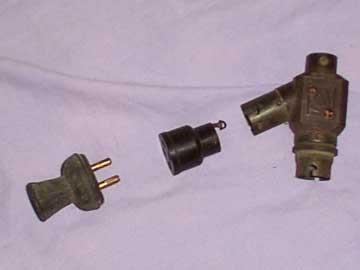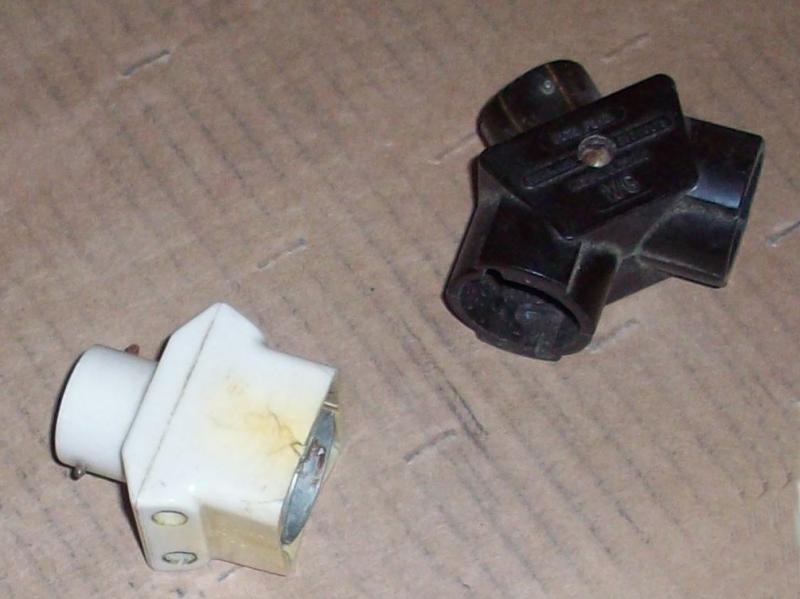Hi all, I am removing a pantry wall in my kitchen which has a light that will no longer be required. I intend to put my fridge freezer in this area as it will free up more space but there is no socket outlet to plug in the appliance so I would be needing to get a socket over that side. Now it is not practicable to take a spur from the another socket in the kitchen because there are two doorways obstructing the route of the cable so I would otherwise have to take a feed from on the landing and drop it down the wall on that side.
So I was wondering if instead I could make use of the existing free lighting cable as it is already close by and would cause the minimum inconvenience. The cable is 1mm twin and earth. Is this do-able and would I need to have a fused outlet?
Also, the house was rewired about 18 months ago and everything is on RCDs.
Thanks in advance.
So I was wondering if instead I could make use of the existing free lighting cable as it is already close by and would cause the minimum inconvenience. The cable is 1mm twin and earth. Is this do-able and would I need to have a fused outlet?
Also, the house was rewired about 18 months ago and everything is on RCDs.
Thanks in advance.



